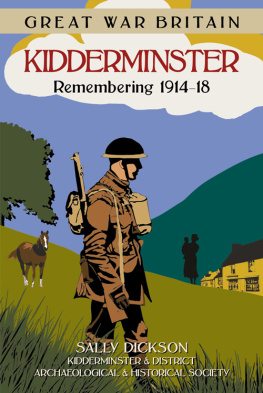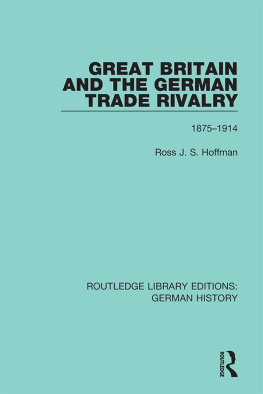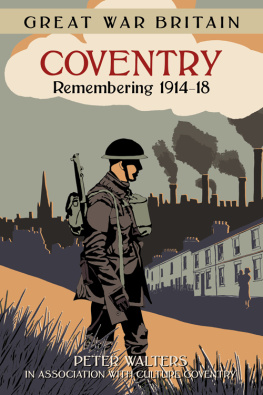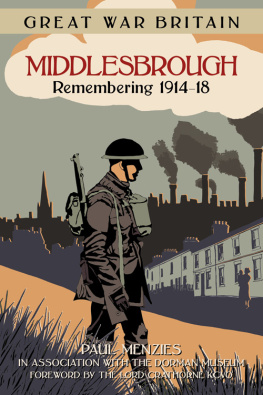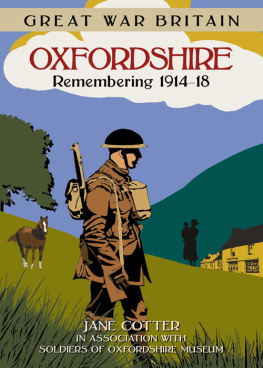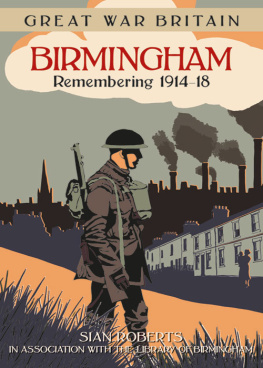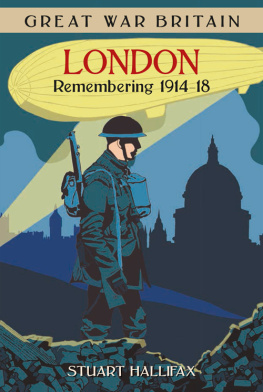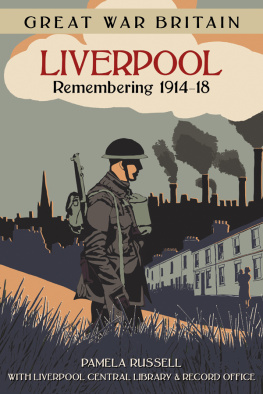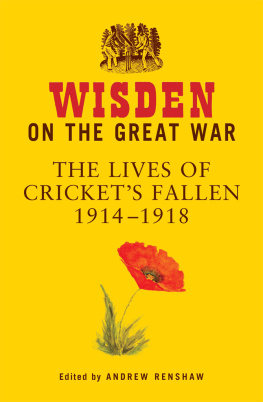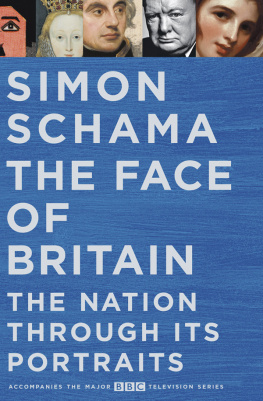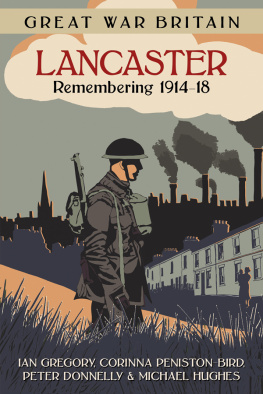
To all the people of
Kidderminster
who lived or died during the Great War,
in appreciation of
the disruption they endured
and the efforts and sacrifices they made
on behalf of the nation.
Although this book has been compiled from a wide variety of sources, the researchers special thanks are due to the Trustees, staff (past and present), and volunteers of the Museum of Carpet in Kidderminster who have made their archives freely available to us and whose help and support has been far in excess of what we might reasonably have expected.
In addition, we would like to thank the members, staff and volunteers (as appropriate) of the following organisations for facilitating the use of archives and books, for allowing us to make use of their researches and for publicising our own project: the Library of Birmingham, Library of Birmingham Botanical Gardens, Kidderminster Civic Society, Kidderminster Library, Kidderminster Shuttle , St Marys Parish Church in Kidderminster, Warwick University Modern Records Centre, Worcestershire Archives and Archaeology, and Worcestershire Regimental Museum.
We also want to express our sincere appreciation of the way so many people have freely given of their knowledge and precious family archives for us to use in this book, including: Graeme Anton, Robert Barber, Graham Birley, Nigel Gilbert, Nicky Griffiths, Peggy Guest, Jacqueline Hartwell, Ruby Henderson, Kathryn Hughes, Mrs James, Andra Kleanthous, Francesca Llewellyn, Roger Matthews, Beryl Millichap, Bob and Phill Millward, Shirley Morgan, Francis Rainsford, Tom Roy, Peter, Judith and Karen Rawlins, John Roach, Melvyn Thompson, Mark Thursfield, Bryan Tolley, and Barbara Wilkinson (who we thank for her additional help).
In my capacity as author I would like to add a personal thank you to everyone, especially my family, friends and fellow members of KDAHS, who expressed interest and enthusiasm for the project and thereby nudged it towards completion.
If anyone has been omitted above it is a most regrettable error rather than a lack of appreciation of their contribution.
Note: Numbers in brackets refer to illustrations.
C ONTENTS



I NTRODUCTION
K IDDERMINSTER ON
THE E VE OF W AR
Although it lasted only four and a quarter years the 191418 Great War had a catastrophic effect on the nations involved, and still elicits a shudder of horror when it is mentioned 100 years later. The deaths and injuries caused by the fighting were beyond all imagining, and, for that reason, subsequent histories of the conflict have concentrated on the combatant forces.
However, this was total war, involving all sections of society. The young men went to fight. The non-combatant population provided the weapons, food, materials, care and moral support needed to keep the forces in the field. Nor were they immune to the fighting as their sons, husbands, brothers and sweethearts joined the lengthening casualty lists. In Britain, refugees from the combat zones were an ever-present reminder of what might happen if the fighting reached her shores. Preparations were made to defend them to the last. This book looks at the part Kidderminster played in this total war and what it meant in practice for the people of this small north Worcestershire town.
Fact box 1
THE POPULATION OF KIDDERMINSTER IN 1911
Male |
014 years | 3,720 |
1569 years | 8,504 |
70 and over | |
Total | 12,629 |
Female |
014 years | 3,933 |
1569 years | 10,792 |
70 and over | |
Total | 15,297 |
Total population | 27,926 |
In 1911, Kidderminster had a population approaching 28,000, most of whom (24,333) lived in the borough. This was a young population, with 80 per cent under 50 years old (Fact box 1) . Some 20,000 people were of working age, including 8,500 men. About half the total male population of Kidderminster at this time was eligible to fight before the war had ended (1) .
Whilst the town was the centre of a road network stretching across neighbouring countryside to the towns of the Midlands and Welsh Borders, cars were not yet numerous and mainly the preserve of those who could afford chauffeurs. Nevertheless, a car manufacturer, the Castle Motor Company, was already established in the town, together with motor engineers, Leonard Wyer & Company. For the rest, buses, trams and trains were the main form of transport. The railway station, on the east side of the town, provided good links to Worcester, along the Severn Valley via Bewdley, and to Birmingham, where many local people worked. Trains were as important for the carriage of goods as they were for people. Trams went from the station to Stourport and the towns cabs were still horse drawn.
Other commercial transport ranged from horse drawn carts, through bicycles, motorcycles and steam-powered vehicles, to motor vans, and still included the canal. Businesses in the town catered for most of them; saddlers, blacksmiths, shoeing smiths and horse breakers could all be found. There were also wheelwrights and coach and carriage builders. Motorcycle agents, John Wright & Sons and Rhodes Brothers, both made motorcycles (2) , while the Co-operative Engineering Company in Cherry Orchard dealt with steam traction.

Age structure of male population of Kidderminster in 1911. The dark bars indicate age groups eligible to fight at some time during the Great War.
On the eve of war Kidderminster was both an industrial town, dominated by the carpet industry, and a market town serving a substantial rural hinterland.

. Fred Wright, no.56, from John Wright & Sons, motorcycle agents in Blackwell Street. Here as part of the Abingdon Ecco Team for the 1914 Senior Tourist Trophy on the Isle of Man. He was to die in November 1918 from war wounds. (Carpet Museum Trust)
The carpet industry was the dominant employer in Kidderminster. There were over twenty manufacturing firms in the town, some specialised in yarn spinning or carpet making, and a few did both (Fact box 2) . The owners and directors of these firms were the richest and most influential men of the town. Reginald Seymour Brinton, educated at Winchester and Oxford, succeeded his father as chairman of Brintons Carpets in 1914 (3) . Already on the local council, he was mayor of Kidderminster for the first two years of the war and took a leading role in the governance of the town throughout the war.
Michael Tomkinson, a locally educated man, and William Adam, from Paisley, went into partnership in 1869, making rugs. In 1878 they developed and patented the first powered Chenille Setting loom and purchased the British rights to the American Spool Axminster loom. They held the rights to both processes and controlled the licences. Tomkinson lived at Franche; he was an alderman on the town council and mayor of Kidderminster in the last two years of peace, and continued to be active in town governance and patronage during the war, even though he was then in his seventies. Other members of his family also made unselfish contributions to the war effort.
Next page
